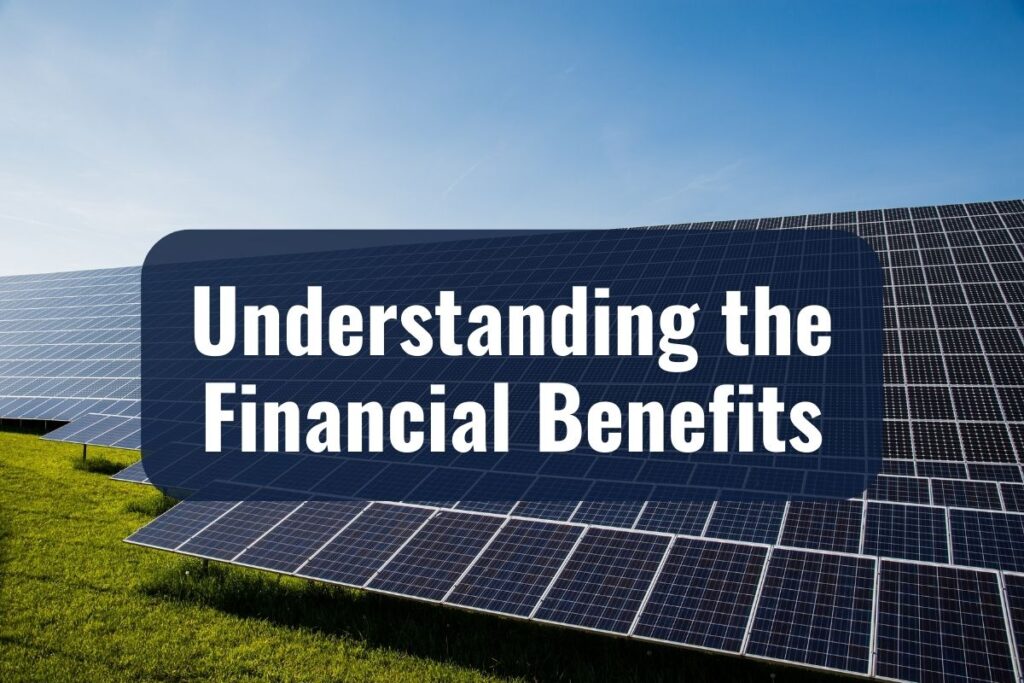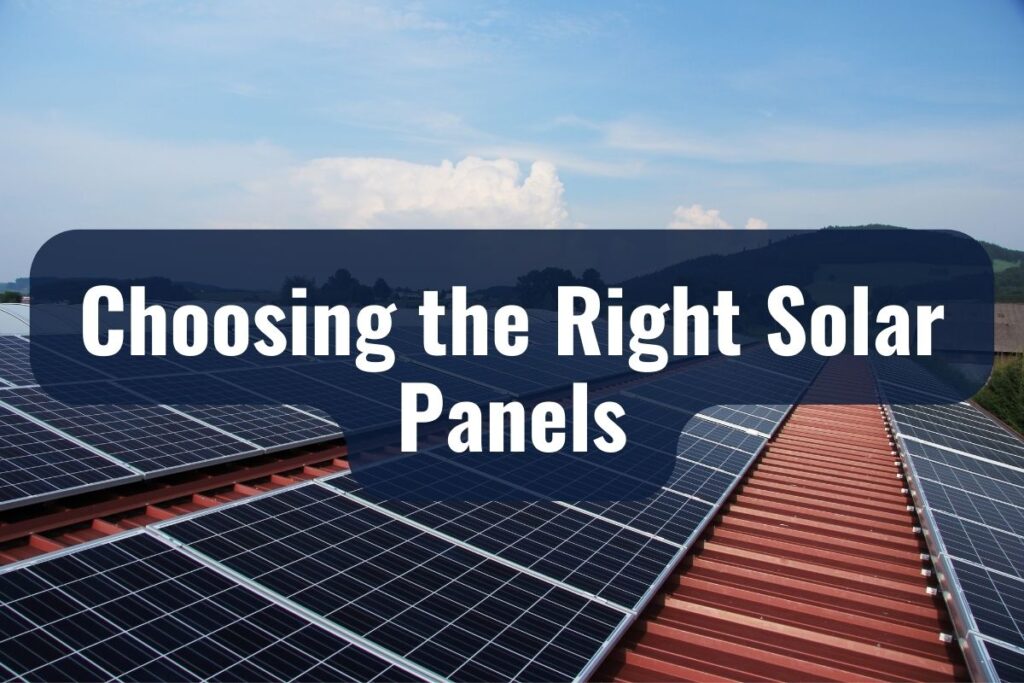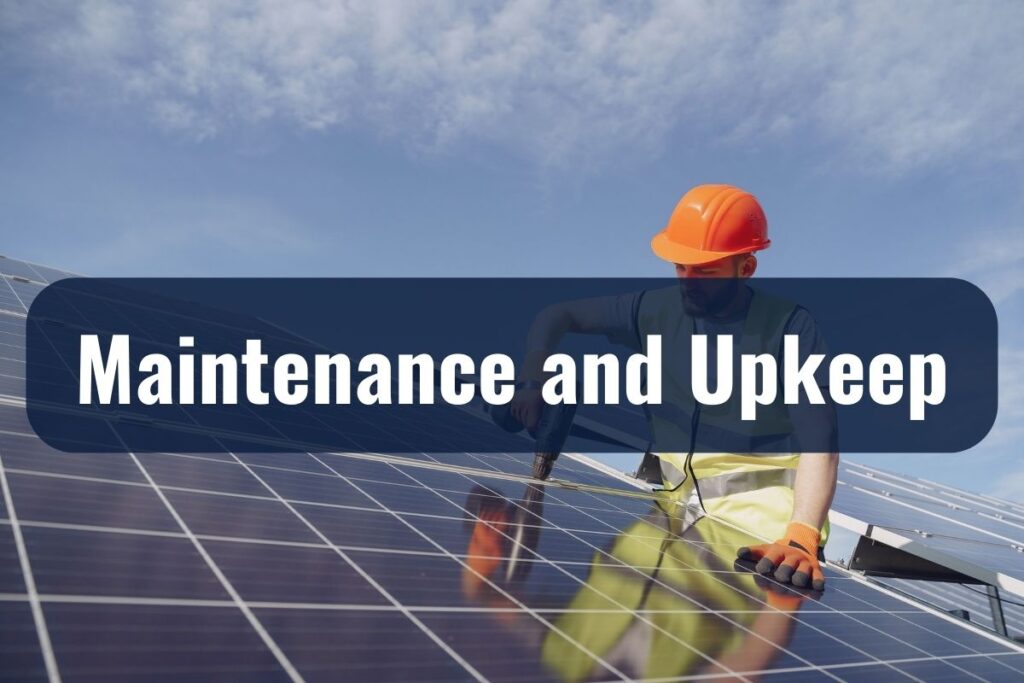The Netherlands is carving out a reputation as a frontrunner in adopting renewable energy, particularly solar power. While the thought of diving into a new technological venture in a foreign land might seem daunting, especially with potential language barriers, understanding and installing solar panels in the Netherlands can be rewarding and straightforward.
Learn about the benefits of solar energy, both from an environmental and a financial perspective, encouraging you, the reader, to consider this sustainable step in your Dutch journey.
Key Takeaways
- The Netherlands offers a favorable environment for harnessing solar energy, both climatically and policy-wise.
- Financial benefits like subsidies and net metering make solar panel adoption economically attractive.
- Integrating solar panels with Dutch architectural styles enhances homes while promoting sustainability.
- Regular maintenance ensures solar panels’ longevity and optimal performance.
- Dutch communities are proactive in adopting solar energy, offering a supportive network for newcomers.
- Embracing solar energy in the Netherlands aligns with the nation’s deep-rooted commitment to sustainability.
Why Solar Energy in the Netherlands?
As you settle into the rhythm of life in the Netherlands, you might wonder about the environmental choices that can make a difference in this part of the world.
Solar energy, often associated with sun-drenched deserts and Mediterranean climates, might not be the first thing that comes to mind. Yet, there are compelling reasons to consider solar energy even under the often cloudy Dutch skies.
The Environmental Impact of Using Solar Panels
A commitment to the environment is at the heart of the solar energy movement. Every solar panel installed contributes to a reduction in greenhouse gas emissions. By harnessing the sun’s power, we can produce electricity without relying on fossil fuels.
This means fewer carbon emissions, reduced air pollution, and a significant step toward combating global climate change. In a country that values sustainability as much as the Netherlands does, the choice to go solar is personal and a nod to the national ethos of green living.
Tackling Common Misconceptions: “Does the Netherlands Get Enough Sun?”
One of the frequent reservations about solar energy in the Netherlands is the country’s weather. Yes, the Netherlands may not boast the sunniest of climates, but solar panels don’t necessarily require blazing sun to function effectively.
They can generate power even on cloudy days, albeit at a reduced efficiency. Cooler temperatures can sometimes aid in the efficiency of solar panels, preventing them from overheating.
Moreover, the Netherlands’ geographical location provides longer daylight hours during the summer, which can be advantageous for solar energy production. So, while you might enjoy the coziness of a rainy Dutch afternoon with a cup of tea in hand, know that above your roof, your solar panels are still working diligently for you.
Understanding the Financial Benefits

Venturing into the realm of solar energy in the Netherlands isn’t just an eco-friendly choice; it’s also a financially savvy one. As you navigate the canals, cycle through the streets, and immerse yourself in Dutch culture, understanding the financial incentives associated with solar panels can provide clarity and encouragement for this green transition.
Government Incentives and Subsidies
The Dutch government recognizes the importance of a green transition and actively supports residents and businesses in their solar endeavors. Here are some ways the government lightens the financial load:
Subsidies
Periodically, the government rolls out subsidy programs to offset the initial costs of solar panel installation. While the specifics might change, the overarching aim remains to make solar energy accessible and appealing.
Tax Benefits
The Value Added Tax (BTW) return for solar panels is one of the most enticing financial perks. Essentially, homeowners can request a BTW return on the purchase and installation of their solar panel system, making the initial investment more affordable.
Net Metering
This is a system where you can offset your electricity consumption with the energy your solar panels produce. If your panels generate more energy than you consume, the surplus is fed back into the grid, and you’ll receive compensation from your energy supplier. This not only reduces your electricity bills but can also turn your home into a miniature green power plant!
The Return on Investment Over Time
While there’s an undeniable upfront cost to installing solar panels, it’s essential to view it as a long-term investment. Most solar panels have a lifespan of 25 to 30 years, and with the decreasing costs of panels and increasing electricity rates, the break-even point can be surprisingly swift. Many homeowners find that within 6 to 10 years, the savings on electricity bills and benefits from incentives have already covered the initial outlay.
Long-term Savings on Electricity Bills
Once the solar panels are up and running, the monthly reductions in electricity bills become tangible. Imagine the satisfaction of watching your bills shrink, knowing that not only are you saving money, but you’re also harnessing clean energy directly from the sun.
Over the years, these savings can accumulate to a substantial sum, ensuring that the financial rewards of your solar investment continue long after the panels have paid for themselves.
Choosing the Right Solar Panels

Stepping into the world of solar energy in the Netherlands can feel like stepping into a new realm filled with possibilities and potential. But, just like choosing the right bicycle for those scenic rides through Dutch cities, selecting the right solar panels is crucial to ensure you get the most out of your green investment. Whether you’re gazing up at a gabled townhouse or a modern apartment building, the right panels can make all the difference.
Factors to Consider for the Dutch Climate
The Netherlands, with its unique climate, presents certain challenges and considerations when it comes to solar panels:
Efficiency in Variable Light
Since the sun in the Netherlands can be a bit elusive, opting for panels that perform well in diffused light or partial shading can be beneficial.
Durability
The Dutch weather can be a mix of rain, sleet, and occasional snow. Ensuring that your panels are durable and can withstand various weather conditions is paramount.
Temperature Tolerance
While it might not get blisteringly hot, the panels should be efficient across a range of temperatures, ensuring optimal performance during both cool winter days and warm summer afternoons.
Recommendations for Types of Solar Panels Suitable for the Netherlands
While there are various types of solar panels available globally, a couple stand out for their suitability in the Dutch context:
Monocrystalline Panels
Known for their high efficiency and sleek black appearance, these panels can be a bit pricier but often deliver better performance in variable light conditions.
Polycrystalline Panels
Slightly less efficient than their monocrystalline counterparts, these blue-toned panels can still be a great fit, especially if you have ample roof space to accommodate them.
Tips for Hiring the Right Installation Company
Finding the right partner to bring your solar dream to life is as essential as the panels themselves. Here are a few tips to ensure a smooth installation process:
Research and Reviews: Look for companies with positive reviews, especially from fellow foreigners who’ve gone through the process.
Certifications: Ensure that the company has the necessary certifications and adheres to safety and quality standards.
Transparent Quoting: A reputable company should provide clear quotations without hidden costs, helping you understand your investment fully.
Post-installation Support: After-sales service, maintenance support, and warranty terms are vital. A good company stands by its work and supports its customers even after the panels are gleaming on your roof.
Guidance for Selecting the Right Installation Company
Your solar journey isn’t just about the panels; it’s also about finding the perfect partner to help manifest your solar vision. Here are some guiding stars to lead you to the right choice:
Reputation and Reviews: Start by seeking companies that come highly recommended, perhaps from fellow expatriates who’ve walked this path before.
Certifications Matter: A company’s certifications are its badges of honor. Ensure they adhere to international safety and quality standards.
Transparency is Key: The right company will offer clear and upfront quotations, ensuring no hidden surprises are lurking in the fine print.
Post-Installation Care: Once your panels are gleaming atop your roof, the journey doesn’t end. Ensure the company offers robust post-installation support and honors warranty commitments.
Integration into Dutch Homes

The Netherlands, with its rich tapestry of architectural styles, from the charming canal houses in Amsterdam to the modernist wonders in Rotterdam, presents a diverse backdrop for integrating solar panels. Embracing solar energy on this land is not just about installing panels; it’s about seamlessly blending them with the aesthetic and structural characteristics of Dutch homes. Let’s explore how solar panels can become a harmonious part of your Dutch dwelling.
Understanding the Dutch Architectural Landscape
Dutch homes, like the people, are a beautiful blend of the traditional and the modern.
Historic Canal Houses
With their tall, narrow facades and iconic stepped gables, these homes may seem challenging for solar integration. However, with the right design approach, solar panels can be incorporated discreetly, preserving the home’s historic charm.
Modern Residences
Contemporary Dutch homes, with their expansive roofs and minimalist design, offer a wonderful canvas for solar installations. These homes often allow for a more extensive array of panels, maximizing energy capture.
Tailoring Solar Solutions to Dutch Aesthetics
The goal is not just to add solar panels but to integrate them in a way that complements the beauty of Dutch architecture.
Customized Panel Layouts
Depending on the roof’s size, shape, and orientation, panels can be laid out in patterns that are both functional and aesthetically pleasing.
Building-Integrated Photovoltaics (BIPV)
For those who seek a more seamless look, BIPV systems integrate solar cells directly into building materials, such as roof tiles or facade panels. This offers the dual advantage of maintaining architectural integrity while harnessing solar energy.
Flexible and Thin-film Solar Panels
If traditional panels seem obtrusive, thin-film panels, which are lighter and more flexible, can be an alternative. They can adapt to various roof shapes, providing a more integrated look.
Preserving Heritage While Embracing the Future
For homes within historic zones or those with protected status, there might be specific regulations regarding external modifications. But this doesn’t mean solar is off the table.
Discreet Installations
Panels can be installed in less visible sections of the roof, ensuring the street view remains unchanged while still capturing sunlight.
Consultation with Local Authorities
Before installation, it’s wise to consult with local heritage bodies or municipalities. They can provide guidance and may even recommend specific integration techniques that align with preservation goals.
Bringing Dutch Interiors into the Solar Age
While the panels sit atop, the inside of your home can also evolve to reflect this sustainable choice:
Smart Energy Monitoring
Modern systems allow homeowners to track energy production and consumption in real time. This not only maximizes efficiency but also brings a touch of the future into your living space.
Aesthetic Energy Storage
If you’re considering energy storage solutions, many contemporary designs are both functional and visually pleasing, aligning with modern Dutch interior sensibilities.
Maintenance and Upkeep

As you embrace the allure of the sun’s energy in your Dutch home, it’s essential to remember that solar panels, like the beautiful tulip gardens of the Netherlands, require a touch of care to bloom to their full potential.
| Maintenance Task | Frequency | Description |
| Visual Checks | Every few months | Check for debris or obstructions on the panel surface. |
| Professional Inspections | Annually | Ensure the system’s peak performance and address issues. |
| Soft Cleaning | As needed | Use lukewarm water and a soft brush to remove the dirt. |
| Monitoring System Checks | Real-time | Track energy production and look out for system alerts. |
| Snow Removal | During snowfall | Gently remove snow using a soft broom. |
| Angle Adjustments | Seasonal | Adjust the panel tilt for optimal sunlight capture. |
Ensuring the longevity and efficiency of your solar system is pivotal. Thankfully, maintaining solar panels in the Dutch environment is both straightforward and rewarding.
Routine Inspections are Key
The Dutch climate, with its gentle rains and moderate temperatures, is kind to solar panels. However, periodic checks can ensure they remain in optimal condition.
Visual Checks: Every few months, a simple glance can help identify any debris, like fallen leaves or bird droppings, that might be obstructing the panels. Clear skies mean more solar energy!
Professional Inspections: Once a year, consider having a professional assess your system. They can check for any technical issues, ensure all connections are secure, and confirm that the system is performing at its peak.
Gentle Cleaning for Maximum Efficiency
The panels, with their sleek surfaces, are designed to self-clean during rain. But a bit of additional care can boost their performance.
Soft Cleaning: Using lukewarm water and a soft brush or cloth can help remove any stubborn spots or accumulated dirt. Gentle strokes are key; we want to caress, not scratch the panels.
Avoid Harsh Chemicals: The Dutch way is often the natural way. Eschew strong cleaning agents, which can damage the panels’ surface. A mild, eco-friendly soap can do wonders if needed.
Monitoring System Health
Modern solar installations often come equipped with monitoring systems. These nifty tools can be your window into the health of your solar array:
Real-time Data: Keep an eye on the energy your panels are producing. A sudden drop might indicate an obstruction or a technical glitch.
Alerts and Notifications: Some advanced systems send alerts if they detect issues, making troubleshooting easier and more proactive.
Winter Considerations
The Dutch winters, while enchanting, bring shorter days and occasional snow.
Snow Removal: If a thick layer of snow covers your panels, they won’t be as effective. A soft broom can be used to gently remove snow, but always prioritize safety. If your panels are out of reach, it might be best to let nature take its course; the snow will melt eventually.
Angle Adjustments: If your system allows for angle adjustments, a steeper tilt in winter can help maximize sunlight capture and facilitate snow runoff.